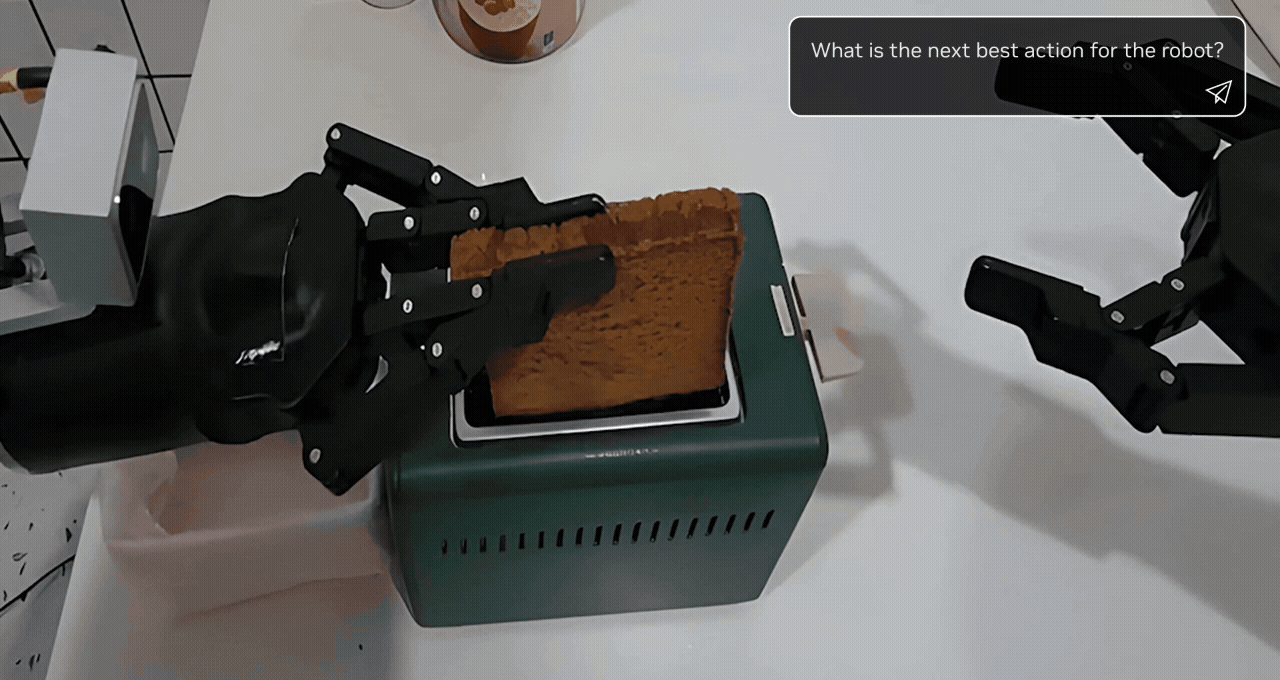NVIDIA Cosmos Reason Advances AI’s Physical Common Sense
- NVIDIA develops Cosmos Reason, a vision-language model trained on physical world reasoning.
- The model tops the physical reasoning leaderboard on Hugging Face.
- Cosmos Reason is designed for robotics, autonomous vehicles, and smart spaces.
- High-quality, real-world video Q&A datasets underpin the model’s training.
Addressing the Common Sense Gap in AI
While AI models have made significant strides in recent years, a persistent limitation remains: a lack of physical common sense. Unlike humans, who intuitively understand basic physical principles—such as the directionality of bird flight or the reflective nature of mirrors—AI systems must be explicitly taught these concepts. This gap poses challenges for AI deployed in unpredictable environments, including industrial warehouses and autonomous vehicles.
NVIDIA’s Approach: Testing and Teaching Physical Reasoning
NVIDIA has introduced a suite of tests to instill physical common sense in AI models. Central to this initiative is Cosmos Reason, an open vision-language model (VLM) engineered for physical AI applications. Cosmos Reason recently achieved the top position on the physical reasoning leaderboard hosted by Hugging Face.
Unlike earlier VLMs, Cosmos Reason is tailored to accelerate the development of AI systems for robotics, self-driving vehicles, and smart environments. The model can infer and reason about novel scenarios using embedded knowledge of physical laws and spatial-temporal relationships.
Reinforcement Learning and Real-World Data
To train Cosmos Reason, NVIDIA employs reinforcement learning techniques, exposing the model to a vast array of real-world video scenarios. The process begins with the NVIDIA data factory team, a global group with backgrounds in bioengineering, business, and linguistics. This team develops and analyzes hundreds of thousands of data units, focusing on creating world foundation models for physical AI.
Data annotation is a critical step. Annotators generate multiple-choice questions based on video footage—ranging from animals in motion to vehicles on rural roads. For instance, a question might ask, “The person uses which hand to cut the spaghetti?” with four possible answers. These Q&A pairs are then quality-checked by analysts like Michelle Li, whose expertise ensures alignment with project objectives and standards.
After passing multiple review stages, the curated datasets are used to train Cosmos Reason. The model learns to answer questions about physical interactions, spatial orientation, and cause-and-effect relationships, gradually building a foundation of common sense reasoning.
Applications: Safer, Smarter Autonomous Systems
Embedding physical common sense into AI is crucial for safety and reliability. For example, robots lacking an understanding of their own physical limitations might fall or cause accidents in real-world settings. As Yin Cui, a Cosmos Reason research scientist at NVIDIA, explained, “Without basic knowledge about the physical world, a robot may fall down or accidentally break something, causing danger to the surrounding people and environment.”
Cosmos Reason’s reasoning capabilities enable it to analyze situations, predict outcomes, and provide transparent explanations for its answers. For example, when presented with a video of two cars driving toward each other in the same lane, the model can deduce the likely outcome—a collision—and explain its logic.
Next Steps: Scaling Physical AI
NVIDIA’s data-driven approach aims to power the next generation of intelligent autonomous agents. As principal research scientist Tsung-Yi Lin noted, “We’re building a pioneering reasoning model focused on physical AI.” The ongoing production of high-quality annotated data will be essential as NVIDIA continues to innovate in this area.
Cosmos Reason is available for preview and download on platforms such as Hugging Face and GitHub, providing researchers and developers with tools to advance physical AI across multiple industries.
